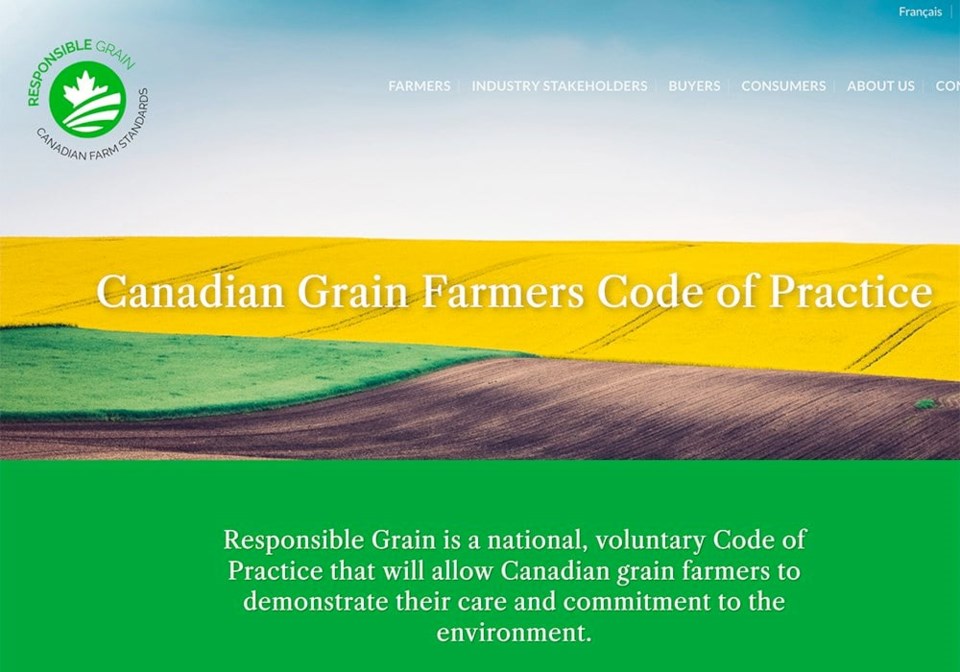WESTERN PRODUCER — Canada’s grain industry is taking a second crack at devising a sustainability message that will resonate with customers.
The first attempt went down in flames.
“We admit that it didn’t turn out as we probably expected,” said Jason Lenz, chair of the Canadian Roundtable for Sustainable Crops.
There was a huge backlash to the Responsible Grain Code of Practice after it was unveiled in 2020.
Lenz said the roundtable now realizes they skipped an important step, which was properly consulting with farmers to get their input on the code and building an understanding of why it was needed.
“At the end of the day, farmers and the industry told us it was way too prescriptive,” he said.
“It didn’t have the right tone. It didn’t tell the good story about what we are actually doing on our farms.”
The code of practice focused too much on what should or could be done, rather than what farmers are already doing.
The organization went back to the drawing board, coming up with a reimagined, streamlined document that will no longer be referred to as a code of practice.
A formal name has not yet been confirmed, but it will be something along the lines of a “tool” or a “framework.”
Crop farmers will not be required to document their practices or use auditors or advisers. It will be more about showcasing Canada’s existing track record on sustainability.
Information will be presented under four modules — nutrient and soil management, seed varieties and crop health, water and biodiversity and health and wellness.
Potential audiences include domestic and international buyers of Canadian crops, growers and their associations and the Canadian public and governments.
It will be a tool that can be used by commodity groups like Cereals Canada during overseas trade missions.
The document will touch on practices such as no-till, the 4R Nutrient Stewardship program, seed variety registration, the Keep it Clean program, Canada’s water quality rankings and its robust labour standards.
Sylvain Charlebois, director of the Agri-Food Analytics Lab at Dalhousie University, thinks consumers have something else on their minds these days.
“What they care about is affordable foods,” he said.
“They care about the food bill they have to pay on their way out of the grocery store.”
But sustainability may once again surface as a hot topic once food price inflation calms down and Canada needs to be ready to answer questions on the topic when that happens.
Unfortunately, he does not think talking points like no-till and 4R Nutrient Stewardship resonate with the average consumer.
“I’m not saying that people are dumb. What I’m saying is that sometimes you can’t really underestimate how data illiterate so many people are,” said Charlebois.
The roundtable needs to figure out a way to simplify complicated farming practices because transparency is useless unless the public understands the message.
“It really boils down to how the data is conveyed,” he said.
Lenz hopes the new draft program will receive final approval from the roundtable board when it meets in April and then it is a matter of “putting the polish” on it.
That will involve tasks such as finalizing a name for the program and developing graphics to be used in booklets, the website and PowerPoint presentations.
The goal is to launch the new program in the fall of 2023.




